Fully featured and priced right, the testo 310 residential combustion analyzer provides exceptional value and complete capabilities in combustion testing and furnace efficiency.
With its ability to perform both basic and more complex flue gas analysis, maintenance, safety checks, and furnace efficiency confirmations, the fully featured testo 310 residential combustion analyzer delivers plenty of combustion parameters. The stainless steel probe and cone-stop are perfect for residential and boiler efficiency applications. The testo 310 can be used for accurate heating adjustments, so you can get it right the first time, and every time. With five different fuels to select from (natural gas, propane, fuel oil 2*, biomass 5%, and wood 20%),it provides the flexibility you need for all your tuning needs. With an optional printer kit available, you can keep records of all readings taken.
Measures:
- O2, CO (with built-in NOx filter),CO2
- Undiluted CO (CO air free)
- Ambient CO
- Draft & pressure
- Temperature (flue & ambient)
- Combustion / flue gas efficiency & excess air
What’s included
testo 310 flue gas analyzer, rechargeable battery, calibration certificate for O2, CO, hPa and °C measurements, 7 in. conical sensor, silicone tube for pressure measurements, 10x particle filters, case.
Delivery Scope
testo 310 flue gas analyzer, rechargeable battery, calibration certificate for O2, CO, hPa and °C measurements, 7 in. conical sensor, silicone tube for pressure measurements, 5x particle filters, case.
Applications:
Draught measurement in the flue gas duct
Draught measurement is actually a differential pressure measurement. This differential pressure occurs between two sub-areas as a result of a difference in temperature. This is turn generates a flow to compensate. In the case of flue gas systems, the difference in pressure is an indicator of the “chimney flue draught”. This is measured between the flue gas and ambient air at the measurement orifice at the core of the flue gas flow.
To ensure the flue gases are safely transported through the chimney there must be a differential pressure (chimney flue draught) for boiler systems that work with low pressure.
If the draught is permanently too high, the average flue gas temperature increases and therefore flue gas loss. The level of efficiency drops.
If the draught is permanently too low, oxygen may be lacking during combustion, resulting in soot and carbon monoxide. This will also cause a drop in the level of efficiency.
Ambient CO measurement in the heated environment
Carbon monoxide (CO) is a colorless, odourless and taste-free gas, but also poisonous. It is produced during the incomplete combustion of substances containing carbon (oil, gas, and solid fuels, etc.). If CO manages to get into the bloodstream through the lungs, it combines with hemoglobin thus preventing oxygen from being transported in the blood; this, in turn, will result in death through suffocation. This is why it is necessary to regularly check CO emissions at the combustion points of heating systems, and places often frequented by people (in our case, where the combustion systems for hot water generation are),and in the surrounding areas.
Measuring the flue gas parameters of the burner (CO, O2, and temperature, etc.)
The flue gas measurement for a heating system helps to establish the pollutants released with the flue gas (e.g. carbon monoxide CO) and the heating energy lost with the warm flue gas. In some countries, flue gas measurement is a legal requirement. It primarily has two objectives:
1. Ensuring the atmosphere is contaminated as little as possible by pollutants; and
2. energy is used as efficiently as possible.
Stipulated pollutant quantities per flue gas volume and energy losses must never be exceeded.
Measurement in terms of results required by law takes place during standard operation (every performance primarily using the appliance). Using a Lambda probe (single hole or multi-hole probe),the measurement is taken at the center of flow in the connecting pipe (in the center of the pipe cross-section, not at the edge) between the boiler and chimney/flue. The measured values are recorded by the flue gas analyzer and can be logged either for print out or transfer to a PC at a later stage.
Measurement is taken by the installer at commissioning, and if necessary four weeks later by the flue gas inspector/chimney sweep, and then at regular intervals by the authorized service engineer.
Measuring pressure on burners (nozzle pressure, gas flow pressure, etc.)
Standard readings taken during services of domestic heating systems include checking the gas pressure on the burners. This involves measuring the gas flow pressure and gas resting pressure. The flow pressure, also called supplied pressure, refers to the gas pressure of the flowing gas and resting pressure of the static gas. If the flow pressure for gas boilers is slightly outside the 18 to 25 mbar range, adjustments must not be made and the boiler must not be put into operation. If put into operation nonetheless, the burner will not be able to function properly, and explosions will occur when setting the flame and ultimately malfunctions; the burner will therefore fail and the heating system will shut down.
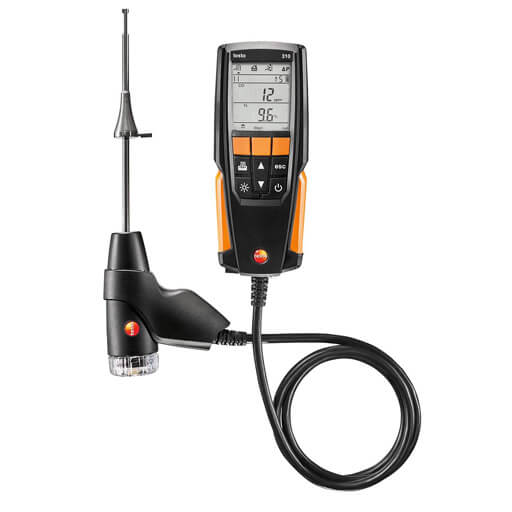



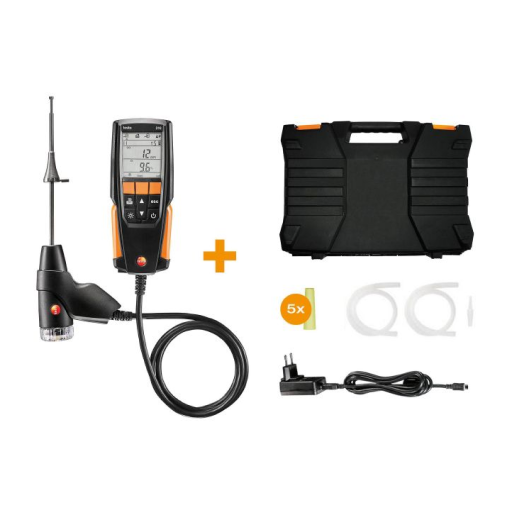
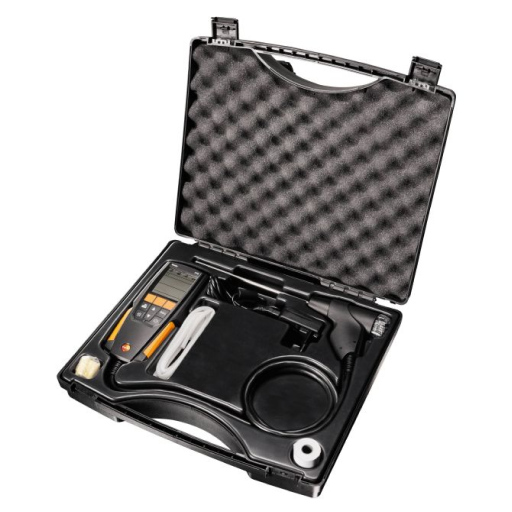
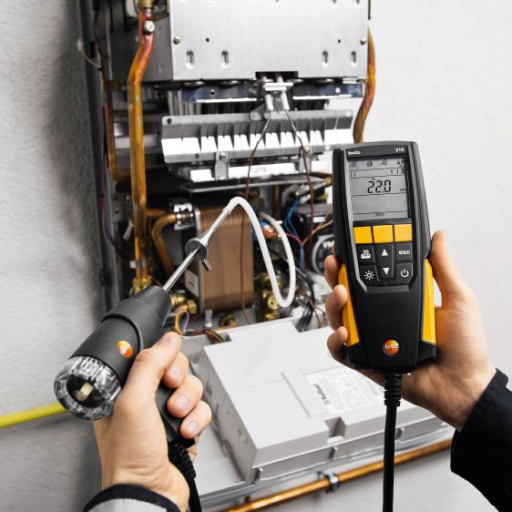

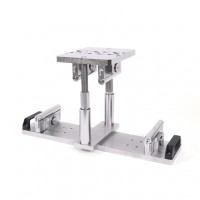
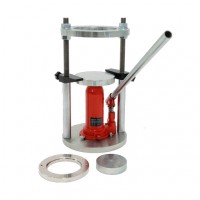
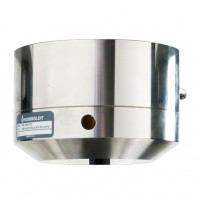
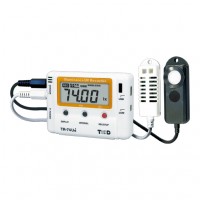
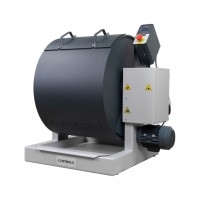

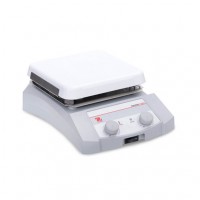

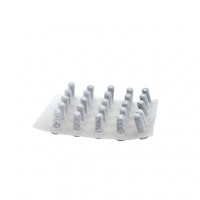
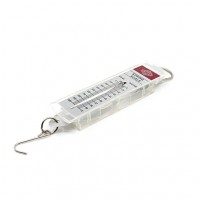
Do you have a question?
min 10 ch